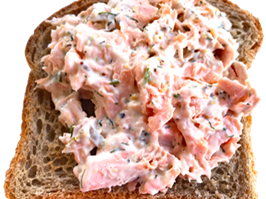 Freezing food is an easy way to preserve high quality food with maximum nutritional value. But food in the freezer doesn’t last forever as changes will occur during storage.
Freezing food is an easy way to preserve high quality food with maximum nutritional value. But food in the freezer doesn’t last forever as changes will occur during storage.
Freeze food as soon as possible after harvest to stop chemical compounds, called enzymes, that cause deterioration and spoilage. Enzymes are naturally in foods and must be inactivated to stop loss of color and nutrients, as well as flavor changes. Blanching vegetables is an important step to inactivate enzymes. In fruit, color changes are prevented by using pure ascorbic acid (vitamin C) or a commercial ascorbic acid mixture such as Fruit Fresh®.
Because of high water content in fruits and vegetables, texture changes occur. Water expands when frozen which ruptures food cell walls. Freezing food quickly will help reduce texture damage. Don’t overload the freezer with unfrozen food and keep the freezer as cold as possible, at least 0°F or below.
Over time, food loses moisture during freezing which leads to freezer burn. Use packaging designed for freezing to reduce this problem.
Freezing does not kill bacteria, it only slows it down. When food thaws, any bacteria present will become active again. Always inspect food and packages carefully before use.
Source: http://bit.ly/2vhb0gG





